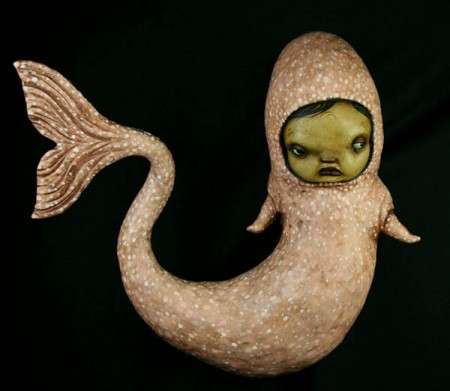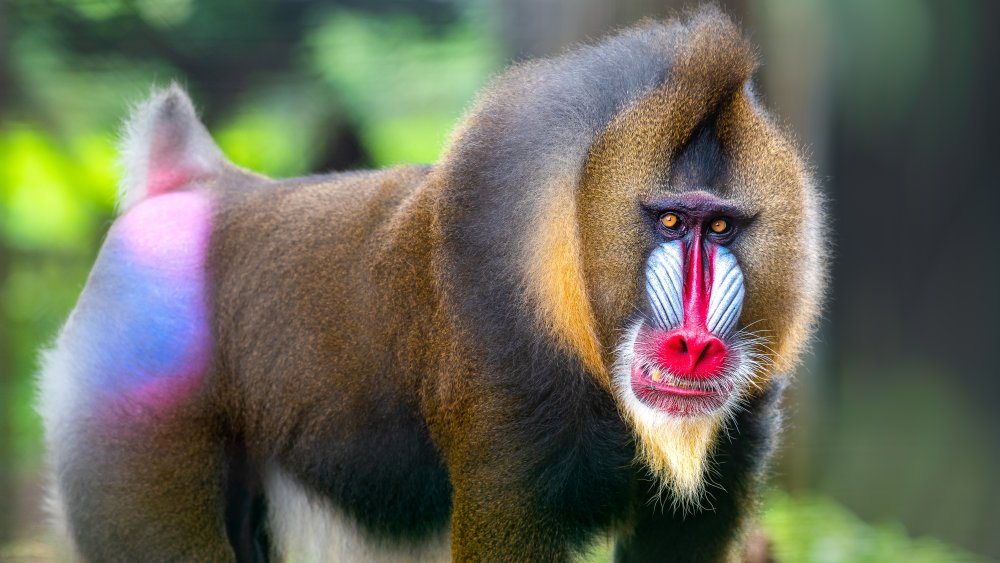


The Asian two-horned rhinoceros (Dicerorhinus sumatrensis) or the Sumatran rhinoceros is a critically endangered rhinoceros species that is distributed in Sumatra and Borneo. Fruits, nuts, birds’ eggs, etc., are the diet of these squirrels. The membrane stretches from their wrist to ankle while gliding. Though these squirrels cannot fly as efficiently as the birds, they are able to glide between trees by means of a furry, parachute-like membrane called the patagium. Flying Squirrels -įlying squirrels encompass 44 species of squirrels belonging to the rodent family of Sciuridae, some of which inhabit the rainforests of Borneo. Massive habitat destruction and replacement of lowland and low hill forests by commercial plantations threatens the continued survival of this species.

The squirrel inhabits lowland areas and lower hilly regions. The least pygmy squirrel (Exilisciurus exilis) is one of the smallest species of squirrels that is endemic to the forests of Borneo and is also found on the Banggi Island. Habitat loss, hunting, and capture for illegal wildlife trade are the major threats to the survival of the Bornean slow loris. One of its unique features is its toxic bite which is quite uncommon among primates.

Tree gum, nectar, fruits, and insects are its primary sources of food. The animal is arboreal and nocturnal in nature and an omnivorous feeder. The Bornean slow loris (Nycticebus borneanus), a native Borneo animal, lives in central south Borneo. Habitat loss and hunting have reduced the population of this species by over 50% in the past 36-40 years. The proboscis monkey is one of the endangered animals in Borneo. It is a seasonal frugivore and folivore by nature. The proboscis monkey is one of the best swimmers among the primates and can swim up to 66 feet underwater. The monkey lives in the coastal areas and along the rivers on the island. This species is endemic to Borneo, distributed across the territory of all the 3 nations of Indonesia, Malaysia, and Brunei that comprise the island of Borneo. The proboscis monkey (Nasalis larvatus), one of the largest species of monkeys, is easily distinguished by its unusually large nose. Clearance of the forests inhabited by these orang-utans for palm oil plantations has also deprived these social animals of their peaceful life, food sources, and security. They are poached for bushmeat while young orangutans are sold as pets after killing off their mothers as part of the illegal pet trade. Today, the Bornean orangutans are critically endangered due to habitat loss and poaching. Seeds, leaves, figs, flowers, honey, insects and birds’ eggs are all consumed by these orangutans. These animals live in the tropical and subtropical moist broadleaf forests in the lowlands of Borneo. The closeness of the Bornean orangutan to us is evident from the fact that we share 97% of our DNA with these orangutans. It exhibits advanced tool making skills and well-established cultural patterns in the wild. The Bornean orangutan (Pongo pygmaeus) is a highly intelligent primate that is native to the island of Borneo. Animals Of Borneo The proboscis monkey and its baby, a unique, endemic species of Borneo.


 0 kommentar(er)
0 kommentar(er)
